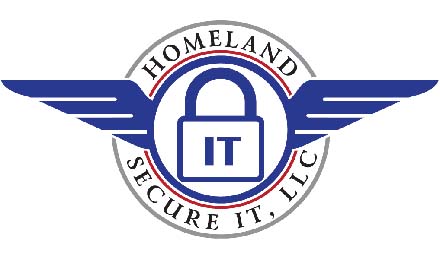An advisory from Microsoft (http://www.microsoft.com/technet/security/advisory/2488013.mspx) released today that reveals a new potentially dangerous vulnerability in Internet Explorer….
Here is an excerpt from that site:
Microsoft Security Advisory (2488013)
Vulnerability in Internet Explorer Could Allow Remote Code Execution
Version: 1.1
General Information
Executive Summary
Microsoft is investigating new, public reports of targeted attacks attempting to exploit a vulnerability in all supported versions of Internet Explorer. The main impact of the vulnerability is remote code execution. This advisory contains workarounds and mitigations for this issue.
The vulnerability exists due to the creation of uninitialized memory during a CSS function within Internet Explorer. It is possible under certain conditions for the memory to be leveraged by an attacker using a specially crafted Web page to gain remote code execution.
On completion of this investigation, Microsoft will take the appropriate action to protect our customers, which may include providing a solution through our monthly security update release process, or an out-of-cycle security update, depending on customer needs.
We are actively working with partners in our Microsoft Active Protections Program (MAPP) and our Microsoft Security Response Alliance (MSRA) programs to provide information that they can use to provide broader protections to customers. In addition, we are actively working with partners to monitor the threat landscape and take action against malicious sites that attempt to exploit this vulnerability.
Microsoft continues to encourage customers to follow the “Protect Your Computer” guidance of enabling a firewall, applying all software updates and installing anti-virus and anti-spyware software. Additional information can be found at Security at home.
Mitigating Factors:
| • | Protected Mode in Internet Explorer on Windows Vista and later Windows operating systems helps to limit the impact of currently known exploits. An attacker who successfully exploits this vulnerability would have very limited rights on the system. |
| • | By default, Internet Explorer on Windows Server 2003 and Windows Server 2008 runs in a restricted mode that is known as Enhanced Security Configuration. This mode sets the security level for the Internet zone to High. This is a mitigating factor for Web sites that you have not added to the Internet Explorer Trusted sites zone. See also Managing Internet Explorer Enhanced Security Configuration. |
| • | By default, all supported versions of Microsoft Outlook, Microsoft Outlook Express, and Windows Mail open HTML e-mail messages in the Restricted sites zone, which disables script and ActiveX controls, reducing the risk of an attacker being able to use this vulnerability to execute malicious code. If a user clicks a link in an e-mail message, the user could still be vulnerable to exploitation of this vulnerability through the Web-based attack scenario. |
| • | An attacker who successfully exploits this vulnerability could gain the same user rights as the local user. Users whose accounts are configured to have fewer user rights on the system could be less affected than users who operate with administrative user rights. |
| • | In a Web-based attack scenario, an attacker could host a Web site that contains a Web page that is used to exploit this vulnerability. In addition, compromised Web sites and Web sites that accept or host user-provided content or advertisements could contain specially crafted content that could exploit this vulnerability. In all cases, however, an attacker would have no way to force users to visit these Web sites. Instead, an attacker would have to convince users to visit the Web site, typically by getting them to click a link in an e-mail message or Instant Messenger message that takes users to the attacker’s Web site. |
This SHOULD be the last security advisory for the rest of the year!!! Happy New Year!


